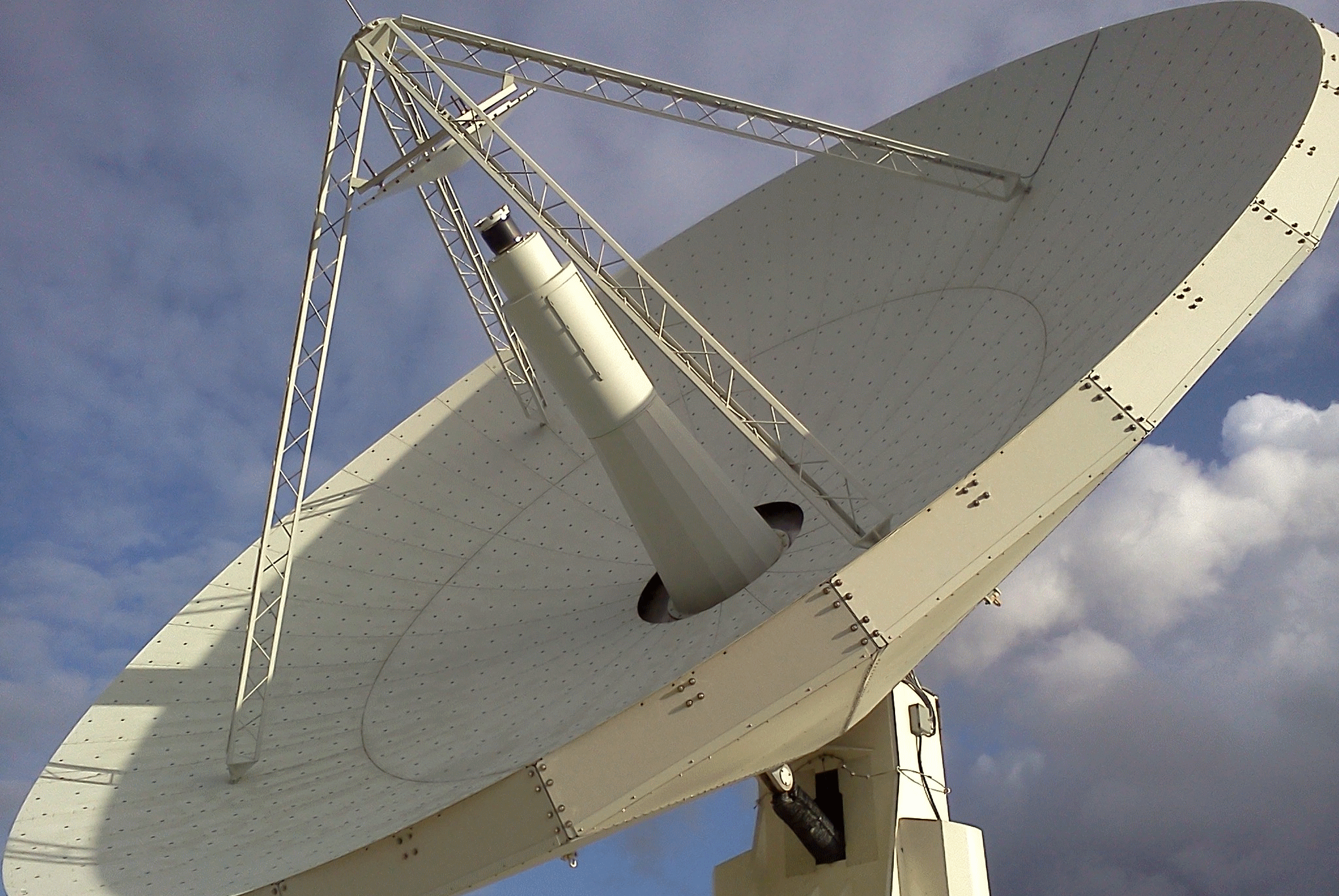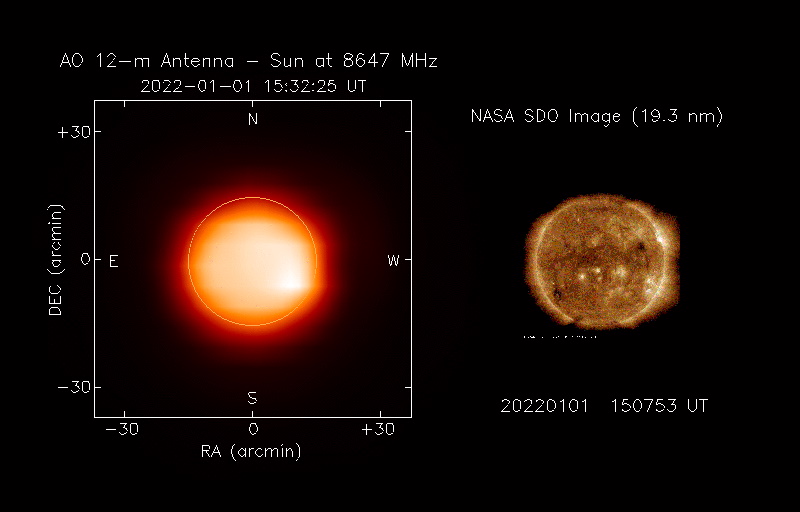- Leter from Dr. Julie Brisset (Principal Investigator of the Arecibo Observatory)13 Sep, 2022
- Arecibo Deputy Principal Scientist to Explore the Cosmos with the JWST02 Sep, 2022
- Letter from the Director22 Aug, 2022
- Piercing through the Clouds of Venus with Arecibo Radar17 Aug, 2022
- Summer greetings from the Facilities and Operations Team!17 Aug, 2022
- Arecibo Observatory at the Small Bodies Assessment Group12 Aug, 2022
- Meet the 2022 Arecibo Observatory REU students!11 Aug, 2022
- Meet Luis R. Rivera Gabriel, Research Intern in the Planetary Radar Group09 Aug, 2022
- Updates from the 2022 CEDAR Workshop in Austin, TX09 Aug, 2022
- Insights into the AAS Conference from AO Analyst Anna McGilvray08 Aug, 2022
- American Astronomical Society’s 240th Meeting: Plenary Lecture Building the Future of Radio Science with the Arecibo Observatory by Dr. Héctor Arce. 28 Jul, 2022
- TRENDS 202227 Jul, 2022
- Advancing IDEA in Planetary Science 27 Jul, 2022
- The Arecibo Observatory: An Engine for Science and Scientists in Puerto Rico and Beyond27 Jul, 2022
- Cryogenic Frontend work for the 12m telescope entering phase II21 Jul, 2022
- Remote Optical Facility Updates20 Jul, 2022
Arecibo’s Eye on the Sun
Byelliot.gonzalez21 March 2022 #AOScienceNow

| #AOScienceNow |
The Arecibo Observatory (AO) has focused its 12 meter radio telescope on the Sun to monitor some of its energetic events, including changes that occur just before a solar storm. Exciting new results from the telescope, which resumed regular observations in January of 2022 following several upgrades, show that active regions of the Sun are very bright at high-frequency radio wavelengths. The radio-bright active regions are areas in the Sun’s upper atmosphere that are magnetically complex and more dense and play an important role for the space weather near Earth. The data also reveal coronal holes, which emit less and are dominated by open field magnetic configurations.
“The active regions we are observing and tracking are regions where space-weather disturbances originate,” says Dr. P. K. Manoharan, a research scientist at AO. “Significant energy can be released from active regions in the form of solar flares and coronal mass ejections (CMEs) and can interact with Earth’s magnetic field, resulting in intense geomagnetic storms.”
The new observations also indicate that active regions on the Sun produce a significant fraction of the total solar flux observed at radio wavelengths, complementing recent observations by Arecibo’s Callisto Solar Radio Spectrometer,which is currently monitoring the Sun at lower frequencies.
The team of scientists compared the time-lapsed Arecibo radio images of the Sun with those observed simultaneously by NASA’s Solar Dynamics Observatory.

|

|
Time-lapse videos of the 12 m radio antenna X-band measurements of the Sun throughout the months of January and February compared with near simultaneous UV observations of the Sun from NASA’s Solar Dynamics Observatory.
The goal of the 12 m antenna system is to routinely monitor and map the solar radio fluxes at S- and X-bands. The wide range of frequencies can be used to better understand some of the most energetic solar processes, as well as monitor the evolution of the quiet Sun’s radio emission.
Continual observations will be used to create time-series videos of solar activity that can track changes in the Sun throughout a solar cycle.
“Solar observations are highly needed by the solar physics and space weather communities,” says Dr. Manoharan. “Radio synoptic maps will be particularly useful for operational space weather purposes, including for the Space Weather Prediction Center operated by NOAA.”
The maps will be routinely updated and available on the 12m Telescope's webpage.
The team of scientists operating the 12 m telescope expect that continued monitoring of the Sun will help illuminate “Sun-Earth” processes, like the interaction between the Sun's plasma wind and Earth's magnetosphere.
“It is exciting to see this new science being generated by the Arecibo Observatory,” says Dr. Manoharan. “Especially because it continues the observatory’s legacy of synergistic observations between fields, including astronomy and space and atmospheric science.”
The observations were made beginning December 18th, 2021 and so far have used only the existing room-temperature receiver system. However, observations using the the upgraded, cooled receiver system and the new S-band system is currently undergoing testing and will begin operations in the coming months.
The 12 m telescope is operated by Phil Perillat, . The upgrades to the telescope were completed by AO’s engineering team: Felix O. Fernandez, Luis Quintero, Carlos Rios, Osvaldo Colon, William Iguina, and Wilson Morales
Article written by Dr. Tracy Becker - AO Collaborator / SwRI Research Scientist
Contact: tbecker@swri.edu
|
Arecibo Media Contact |
Contact Person |
Keywords: arecibo, observatory, 12m, radio, telescope, x-bands, solar, observations , magnetosphere, NOAA, sun

